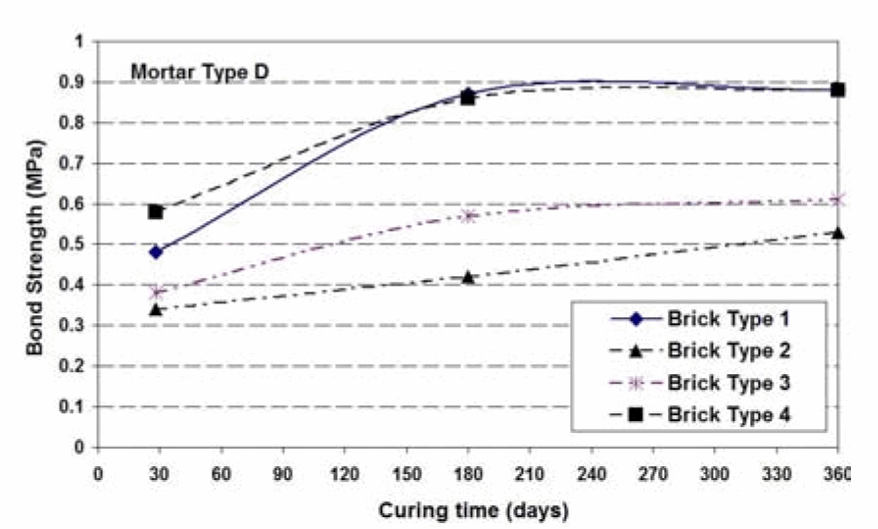M. M. Reda Taha1, J. L. Lucero2 and T. J. Ross1
1Department of Civil Engineering, University of New Mexico, Albuquerque, NM, USA 87131
2Los Alamos National Lab. MS T001, Los Alamos, NM, USA
ABSTRACT
Flexural bond strength of masonry is influenced by many factors such as the masonry mortar and brick units, the construction environment and the workmanship. This complex relationship has been confirmed by research work over the last three decades. What hasn’t been shown is the amount of influence of these factors. Here we examine the use of a Bayesian model screening with Markov Chain Monte Carlo sampling approach to establish a ranking of significance of some of these factors, namely the mortar and the brick unit properties on bond strength of masonry. Experimental data from flexural bond strength tests performed on five-high masonry prisms cured in the laboratory (RH ≈ 20%) and in a fog room (RH =100%) are used. The experiments determined bond strength for four types of mortars with four different types of brick units creating an experimental database of 96 data tuples. This experimental database represents the complex relationship. This relationship is fitted to a number of parametric models. The best fitting model is the one that also gives a probabilistic significance ordering of the mortar and the brick unit properties on masonry bond strength
KEYWORDS: masonry bond, Bayesian model screening, Gibbs sampling
6c-2



